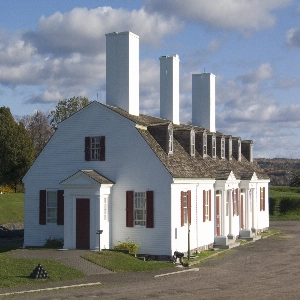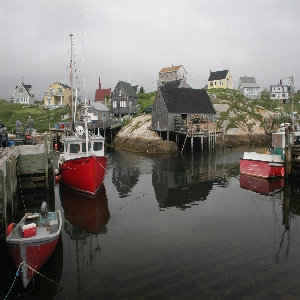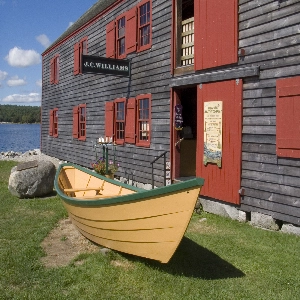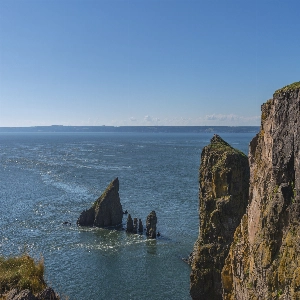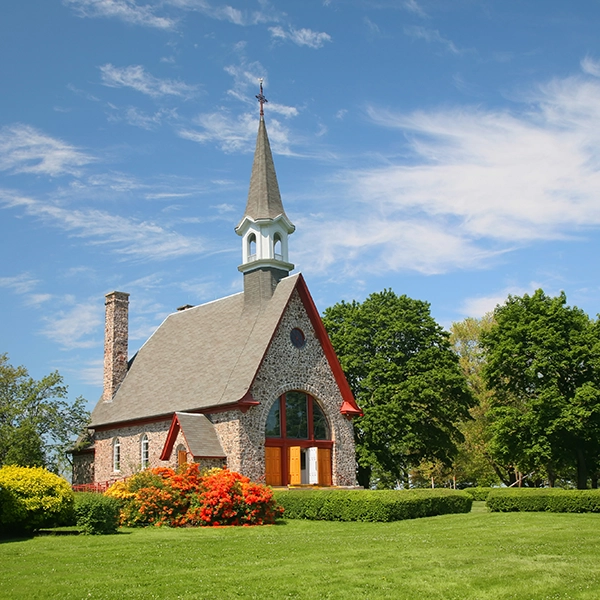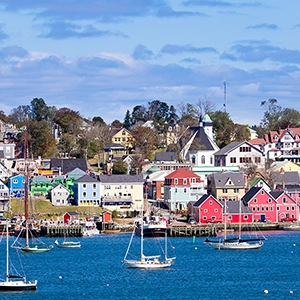Discover The Stunning Beauty Of Nova Scotia's Cabot Trail
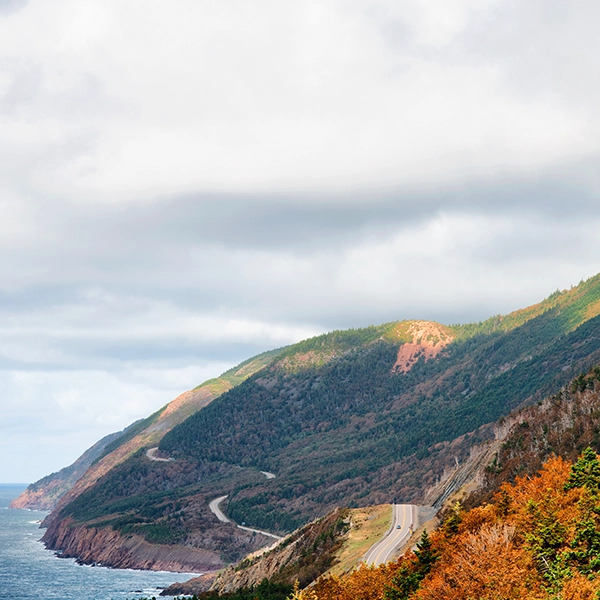
Introduction to Cabot Trail
Located on the picturesque island of Cape Breton in Nova Scotia, Canada, the Cabot Trail is a scenic, winding coastal road that stretches over 298 km (185 miles). Named after the famous explorer, John Cabot, this trail attracts visitors from all over the world due to its captivating landscapes, rich cultural history, and diverse wildlife. As you journey along the Cabot Trail, you will encounter breathtaking ocean vistas, lush forested valleys, rugged cliffs, and charming communities teeming with local flavor. This article will take you on a journey through the Cabot Trail's must-see attractions, natural wonders, and rich history, ensuring you make the most of your visit to this enchanting Canadian destination.
Historical Background of Cabot Trail
The Cabot Trail was named in honor of the Italian explorer, Giovanni Caboto (John Cabot), who landed on Atlantic Canada's shores in 1497, potentially making him the first European to do so. The route was developed in the 1930s as a means to connect and promote the growing communities of Cape Breton Island. Since then, the trail has developed into an essential economic driver for the region as countless visitors come to explore the unique culture and natural beauty that the Cabot Trail offers.
Natural Wonders of the Cabot Trail
The Cabot Trail is situated within the Cape Breton Highlands National Park, which is renowned for its natural landscapes and rare ecosystems. The trail traverses various ecosystems, including Acadian and Boreal forests, tundra-like plateaus, and coastal 'barren' regions that provide unique habitats to numerous plant and animal species. As you drive along the Cabot Trail, you may catch a glimpse of moose, bald eagles, whales, and even elusive lynx or the rare Canada lynx!
Cape Breton Highlands National Park
This 949 square km (366 square miles) national park is home to a vast array of plant and animal species and offers a diverse range of activities and attractions. Popular sights within the park include natural wonders such as the Skyline Trail, Franey Mountain, La Bloc Beach, and Fishing Cove. The park also offers opportunities for visitors to participate in a variety of recreational activities, such as hiking, camping, wildlife watching, and even skiing.
Panoramic Ocean Views and Coastal Cliffs
From numerous lookout points and cliffside viewpoints along the Cabot Trail, visitors can marvel at the majestic Atlantic Ocean crashing against the rugged coastline. Some of the most notable lookout spots include the Skyline Trail, Middle Head Peninsula, and White Point. Each of these locations offers breathtaking views of the magnificent coastline and unparalleled opportunities for photography.
The Cabot Trail's Cultural Heritage
While the natural beauty of the Cabot Trail is undoubtedly a significant draw, the vibrant cultural heritage of Cape Breton Island is another key aspect that makes this destination so unique. The Cabot Trail is home to a thriving tapestry of distinct communities that have shaped the area's history and culture, including Indigenous Mi'kmaq, Scottish, Irish, French, and English inhabitants. The trail serves as a showcase of the island's diverse cultural identity, with numerous museums, heritage sites, and interpretive centers offering insight into the rich traditions and history of the region.
Mi'kmaq Heritage and Culture
As the Indigenous inhabitants of Cape Breton Island, the Mi'kmaq people have a rich cultural history that dates back thousands of years. Visitors can learn about their traditions and spiritual beliefs at the Mi'kmaq Interpretive Centre and the Bras d'Or Lake Biosphere Reserve. Additionally, the Glooscap Trail highlights Mi'kmaq heritage through sculptures, interpretive signs, and authentic experiences such as wigwam building or traditional drumming.
Celtic Roots and Traditions
Cape Breton Island is strongly influenced by Celtic culture, particularly Scottish and Irish settlers. The trail boasts several Celtic-themed experiences, such as The Gaelic College, which offers courses in Gaelic language, music, and crafts. The Celtic Music Interpretive Centre in Judique showcases traditional Celtic music and provides visitors the opportunity to participate in song and dance. The annual Celtic Colours International Festival also draws countless music enthusiasts to the island, celebrating the vibrant Celtic culture of Cape Breton.
Acadian Heritage
The French-speaking Acadians have a storied history, with vibrant communities found along the Cabot Trail. The Grand-Pré National Historic Site and the Musée des Acadiens des Pubnicos are popular stops for those looking to learn more about Acadian history, while the Centre de la Mi-Carême in Grand Étang showcases the distinctive traditions and customs of Acadian carnival celebrations.
Culinary Experiences on the Cabot Trail
The Cabot Trail offers a variety of culinary experiences to suit any palate, from fresh seafood and locally-sourced ingredients to authentic Acadian dishes and international flavors. Enjoy delightful meals and beverages at beloved establishments like the Rusty Anchor, the Lakeside Restaurant in Ingonish, and the Dancing Goat Bakery & Cafe. Additionally, many local communities host seasonal farmer's markets and food festivals, providing visitors the opportunity to sample an array of fresh and locally-produced delights.
Conclusion
With its mesmerizing natural landscapes, rich cultural heritage, and enticing culinary delights, the Cabot Trail is a must-visit destination for travelers seeking a unique and unforgettable adventure. Embarking on this stunning journey along Cape Breton Island will undoubtedly leave you with lasting memories and a renewed appreciation for the beauty and history of Atlantic Canada.


